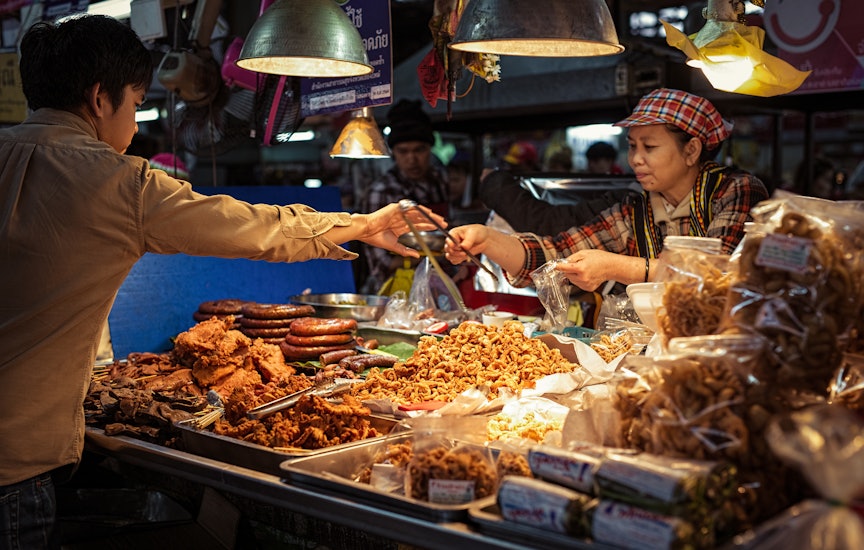
Overview
Jade-hued waves concealing rainbows of fish wash white-gold beaches wrapped in Phuketian heritage: Phuket (ภูเก็ต), Thailand's dazzling largest island, is so diverse you may never want to leave.
Leave the planning to a local expert
Experience the real Phuket. Let a local expert handle the planning for you.
Must-see attractions
Get a book. Get inspired. Get exploring.
in partnership with getyourguide

















